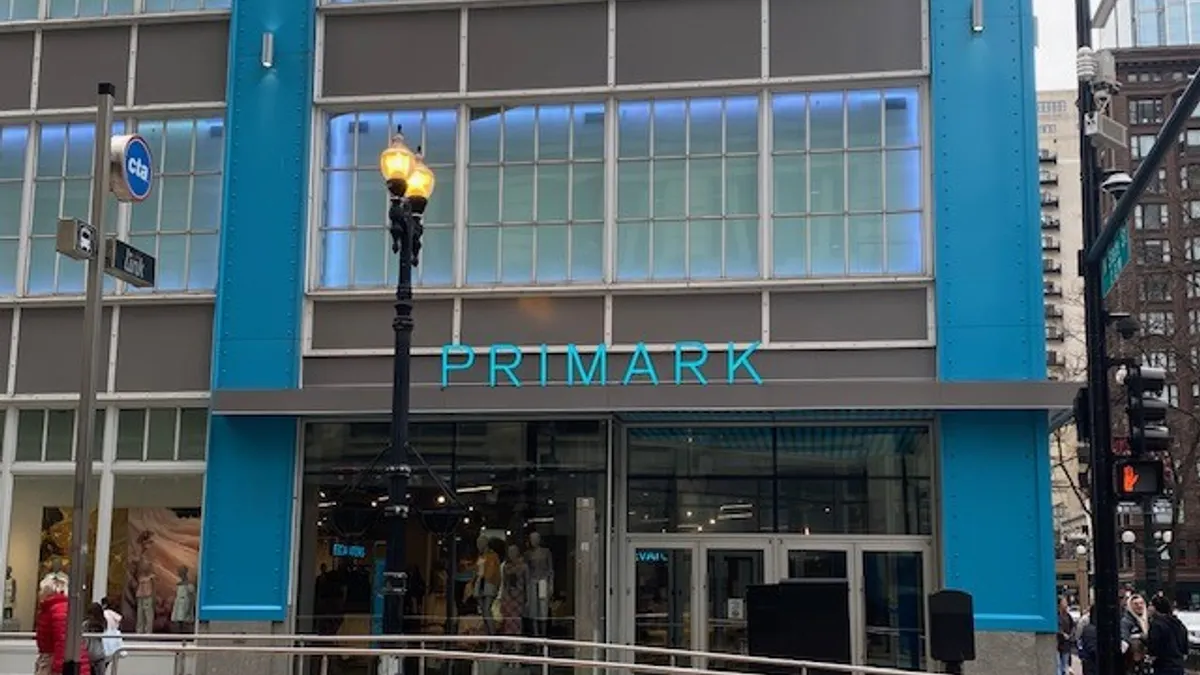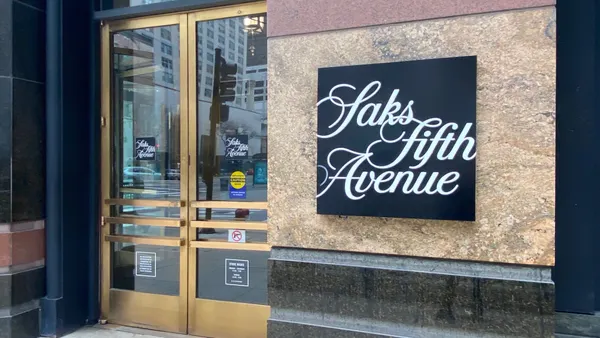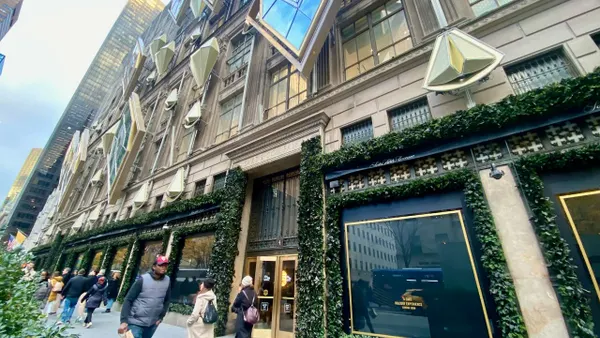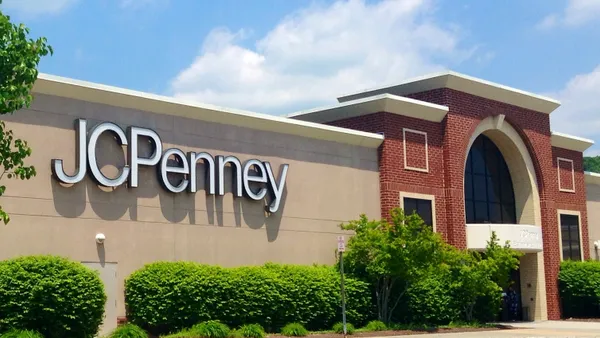Dive Brief:
- Fashion retailer Primark is growing its brick-and-mortar footprint in the United States, according to a Wednesday announcement.
- The international retailer has signed 18 leases, four of which are new, and will enter into Minnesota for the first time.
- The expansion announcement is part of Primark marking a decade in the U.S. The company opened its first location in Boston in 2015 and currently has 33 stores across the country.
Dive Insight:
Primark is celebrating 10 years in America with more locations.
A year ago, the Ireland-based retailer announced that it was opening its first Manhattan flagship in Herald Square directly across from Penn Station.
The company also opened a new office in downtown Boston this year.
New Primark leases
| State | City | Location |
|---|---|---|
| Florida | Brandon | Brandon Exchange |
| Florida | Orlando | Vineland Premium Outlets |
| Georgia | Lawrenceville | Sugarloaf Mills |
| Minnesota | Bloomington | Mall of America |
SOURCE: Primark
“Primark came to the United States a decade ago very deliberate in our approach, testing and learning to ensure that as we continued to expand our footprint in-market, we were getting it just right for US shoppers,” Kevin Tulip, president of Primark U.S., said in a statement. “To say we're thrilled with the success we've seen in the US to-date is an understatement.”
Primark launched its first U.S. brand campaign last year, dubbed “That’s So Primark,” as a way to introduce itself to American consumers.
“Primark is still relatively unknown in the U.S., so we want to spread the word to savvy shoppers that they don't need to sacrifice style if they're on a budget,” Global Chief Customer Officer Michelle McEttrick said at the time.
Primark was founded in 1969 with the aim to “provide affordable choices for everyone.” The retailer’s “Primark Cares” strategy aims to achieve a number of commitments by 2030, including making all of its clothes from recycled or sustainably sourced materials, halving carbon emissions across its value chain and pursuing a living wage for workers in its supply chain.
Editor’s note: This story first appeared in the Retail Dive: Operations newsletter. You can sign up for it here.












